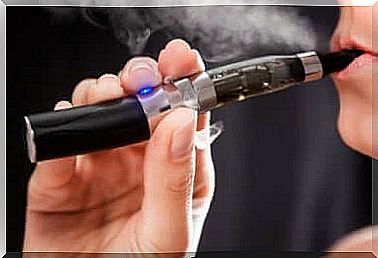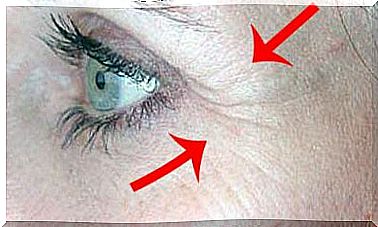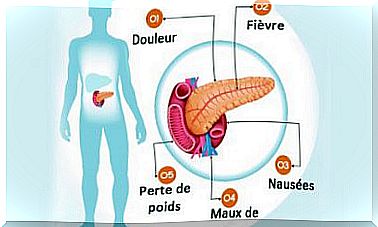Electronic Cigarettes: All You Need To Know
Do you think electronic cigarettes are innocent things that can help you quit smoking in a healthy way? You may be wrong. Here we will explain why.

Electronic cigarettes are electronic inhalation systems created to replace and emulate tobacco consumption. These devices contain less toxic substances than conventional tobacco because they do not contain tobacco and there is no combustion.
However, the compounds used to vaporize nicotine and the flavors at low temperature turn into toxic substances that are good to know about. Let’s dig deeper into this in this article.
How are electronic cigarettes?

Electronic cigarettes are cigarette- like devices that consist of three elements:
- Battery.
- The atomizer.
- The cartridge.
The cartridge contains a liquid solution, the vaping liquid, which can be made up of several substances. Cartridges can be refillable or changeable, although there are disposable electronic cigarettes as well.
What do e-cigarette liquids contain?
The main components of vaping liquid are:
- Propylene glycol: generally around 70%.
- Vegetable glycerin: around 20%.
- Nicotine: it can be found in different doses, between 0 mg and 54 mg / ml.
- Flavors and aromas.
Glycerin and propylene glycol are not considered toxic when administered orally. However, these liquids may contain chemicals which increase their toxicity. Among the latter, we find:
- Alcohol.
- Tobacco essence.
- Menthol.
- Citric acid.
- Butyl valerate.
- Geranyl butyrate.
- Isopentyl acetate.
- Benzyl benzoate.
Analyzes of different liquids used for electronic cigarettes have been carried out. Results vary depending on the brand. However, we could see that the more ingredients they contained, the greater their toxicity.
Traces of carcinogens specific to conventional tobacco have also been found, such as nitrosamines, metals, phenolics and volatile organic compounds. In addition, we could see that the levels of nickel found were higher than those present in conventional tobacco.
The greatest toxicity comes from compounds that provide flavor, such as vanilla and cinnamaldehyde. Therefore, the more flavorful the vaping liquids, the more toxic they are.
How do electronic cigarettes affect health?

One of the disadvantages of electronic cigarettes is that their long term effects are not known. However, the long-term effects of conventional tobacco are well known. Among these, we find:
- Cancer.
- Ischemic heart disease.
- Chronic obstructive disease or COPD.
- Chronic bronchitis.
- Emphysema.
Electronic cigarettes produce alterations in lung function, although some of their effects, such as bronchoconstriction, are weaker than those produced by conventional cigarettes.
Propylene glycol and glycerol
Propylene glycol in vaping liquids decomposes at elevated temperatures. Thus, potentially carcinogenic substances occur, such as propylene oxide.
In addition, glycerol produces acrolein, but in a lower proportion than that of conventional cigarettes. Propylene glycol and glycerol also lead to carcinogens, such as formaldehyde and acetaldehyde.
Nicotine
In addition to being very addictive, nicotine can affect:
- Brain development in adolescents.
- Memory.
- Concentration.
- Learning.
- Self-control.
- The mood.
Nicotine also produces an increase in heart rate and cotinine levels in the blood.
Are they addictive?
Electronic cigarettes that do not have nicotine do not produce physical addiction. However, addiction has a physical component that is short-lived and a psychological component that is more durable over time.
The risk of becoming addicted to electronic cigarettes depends on how you use them. They can be used to replace tobacco, to reduce its consumption or, quite simply, in a fun way, for people who do not smoke.
When it comes to tobacco replacement, these cigarettes can maintain psychological addiction. This is due to the fact that they do not promote behavior change compared to conventional cigarettes, because of their similarity.
Therefore, e-cigarettes, although they help reduce physical abstinence, do not promote quitting. This is why many consumers are accustomed to using it chronically or combining it with traditional cigarettes, complicating access to conventional pharmacological aid.
The use of electronic cigarettes is not a good influence for future smokers because they could increase tobacco consumption among young people and generally normalize the smoking habit.
Getting rid of this habit is fundamental
Currently, studies suggest that electronic cigarettes may be less harmful than conventional cigarettes. However, nicotine, in any form, is highly addictive and the substances in the vapor are carcinogenic.
Therefore, your best bet is to see a doctor and consider quitting smoking. It is also important to seek psychological help in order to be able to combine the treatment of a doctor with that of a mental health specialist. It will be difficult, but not impossible.









